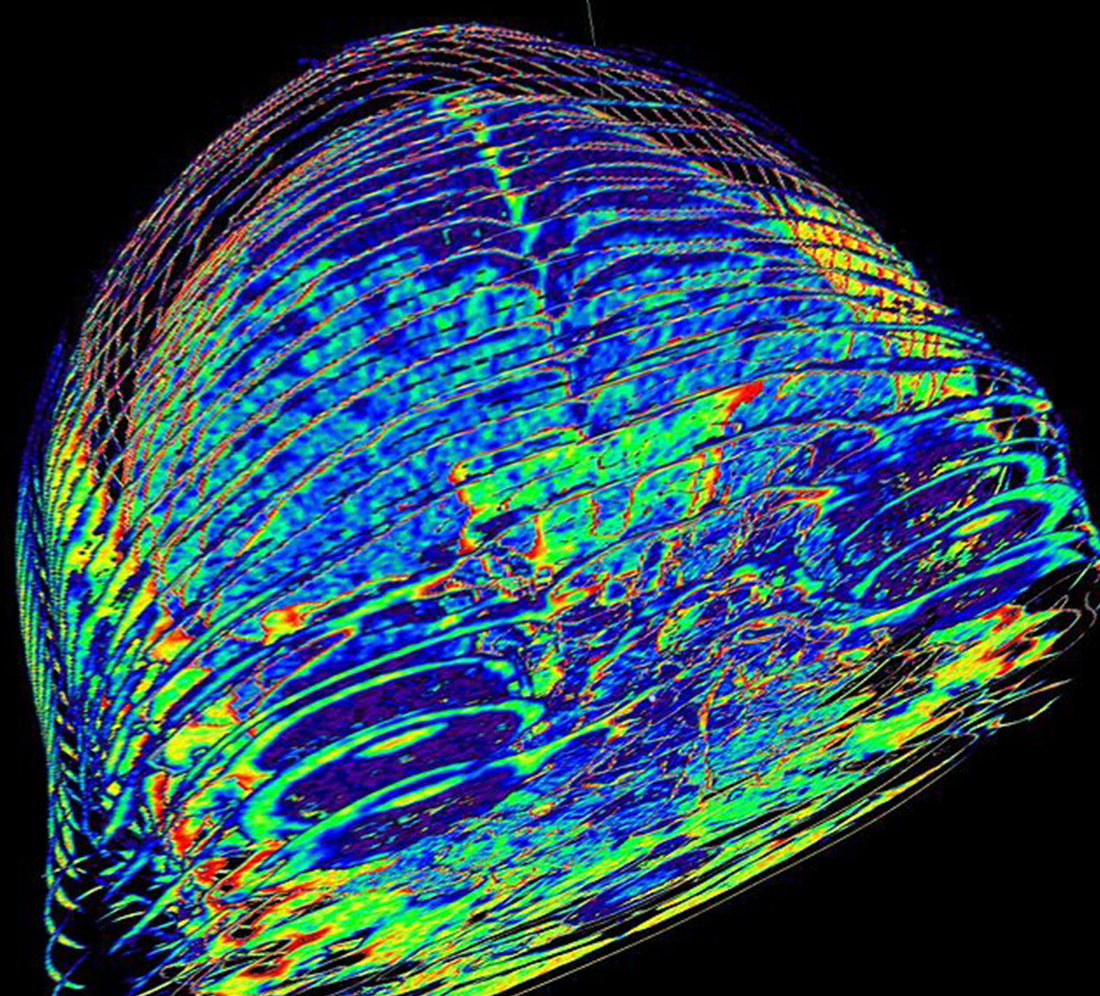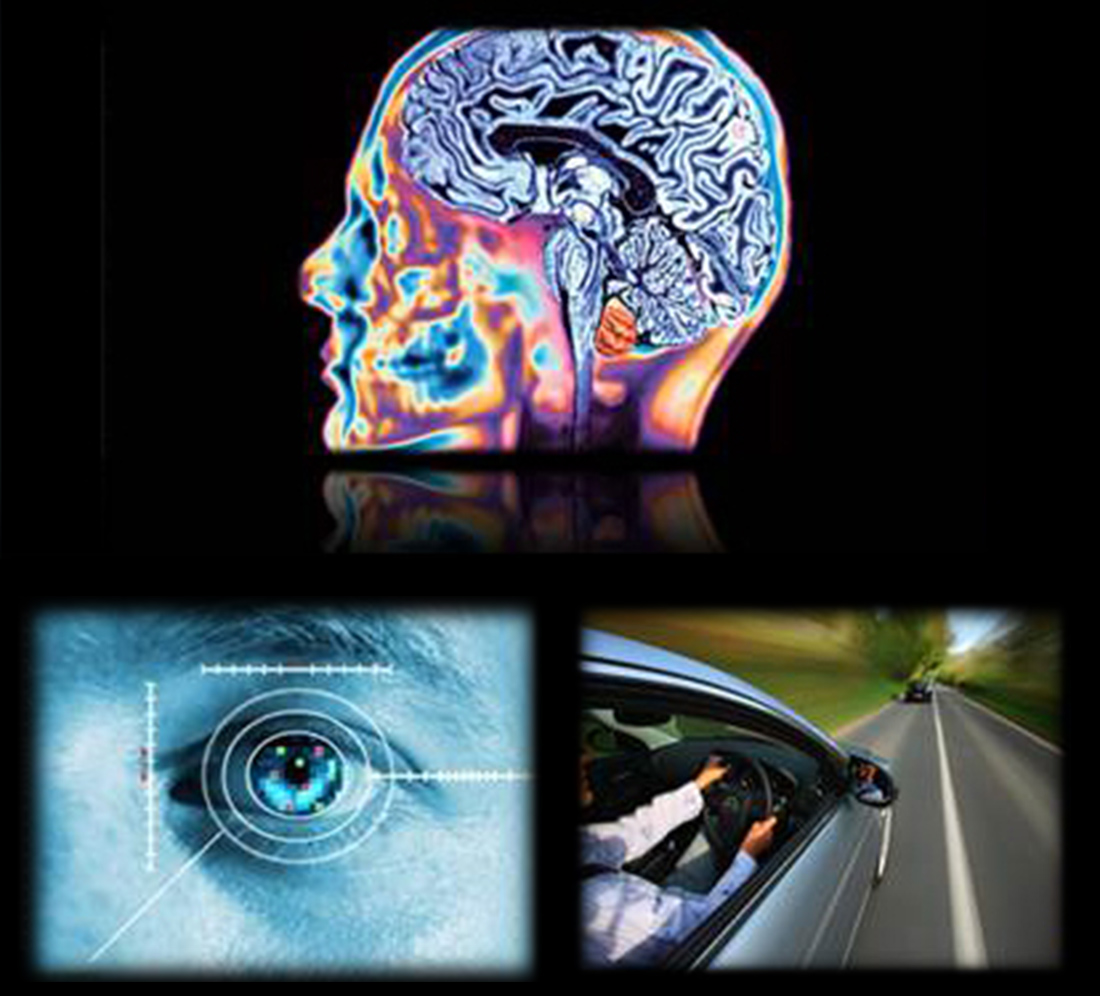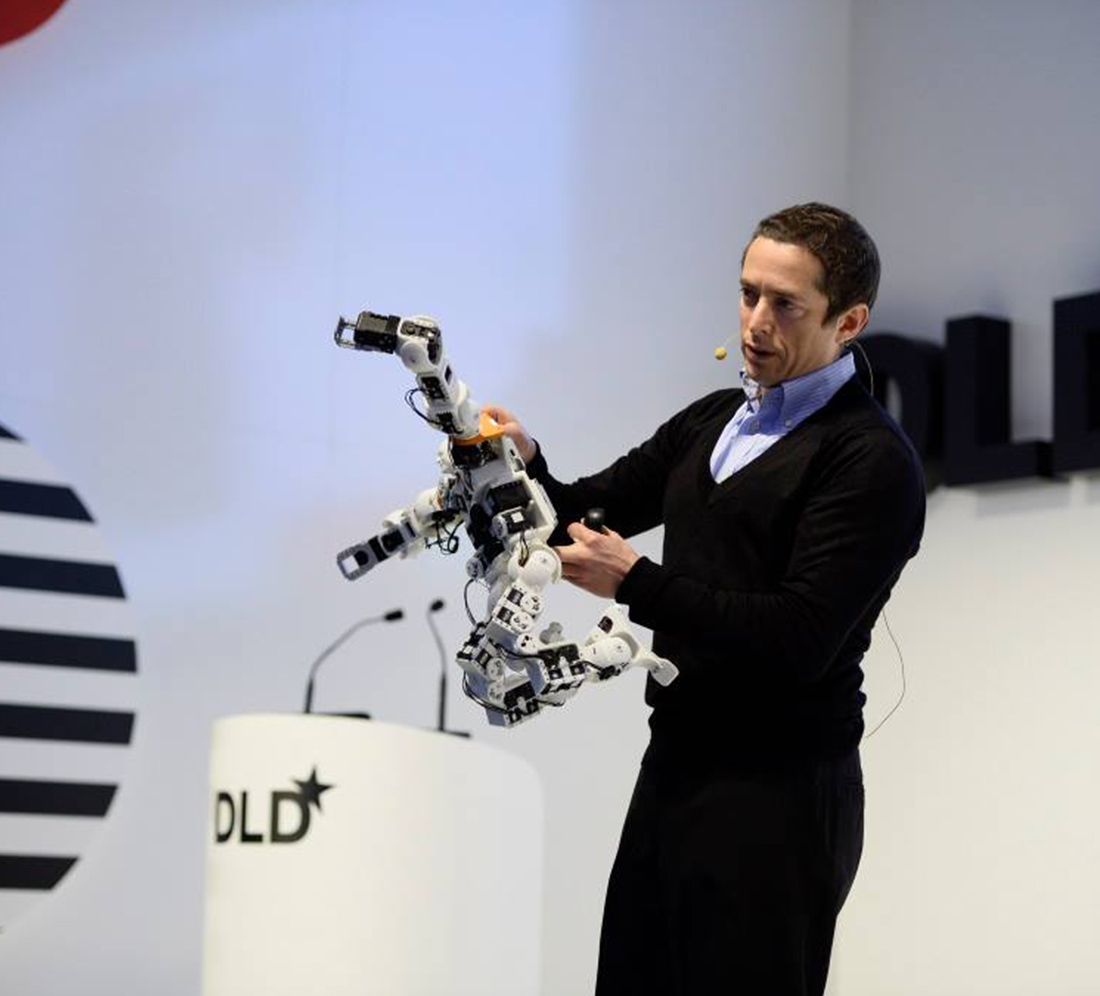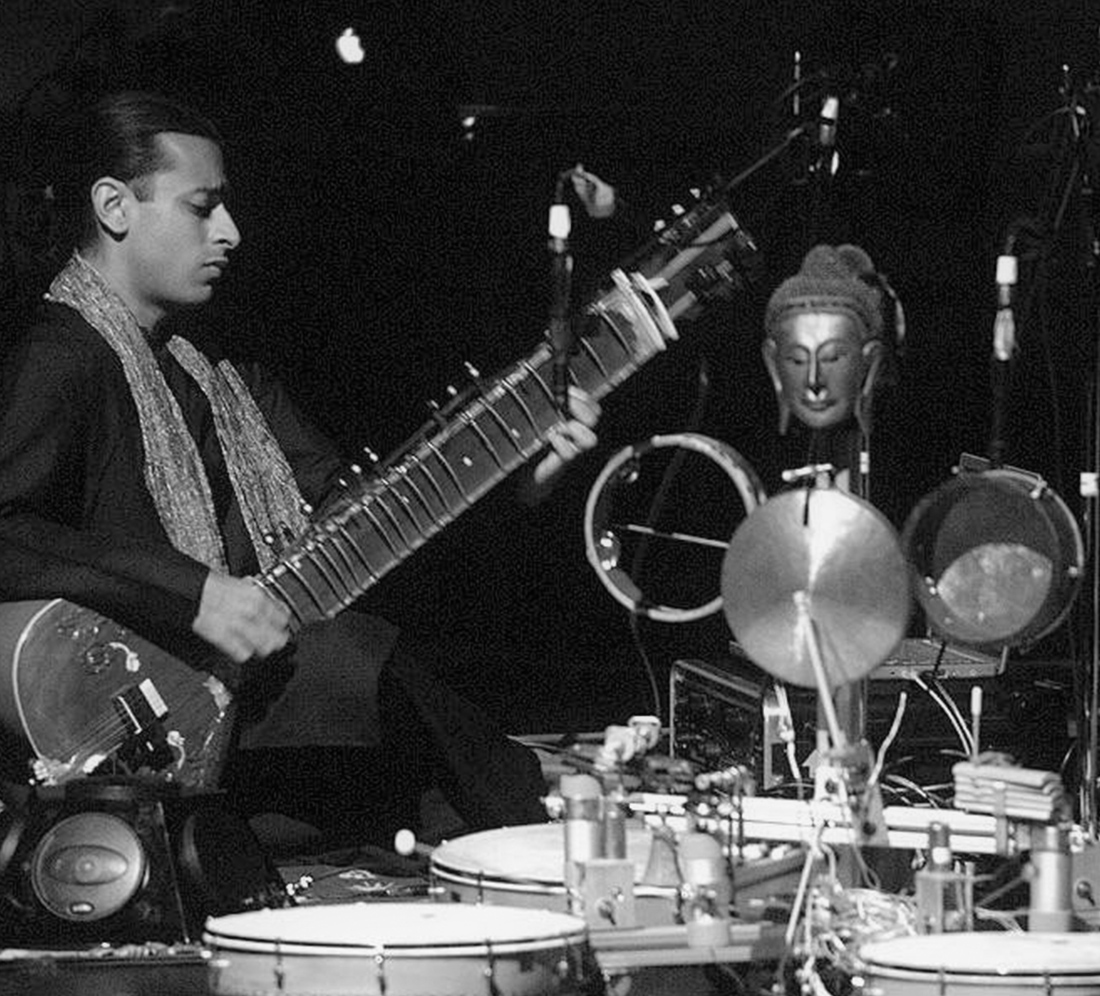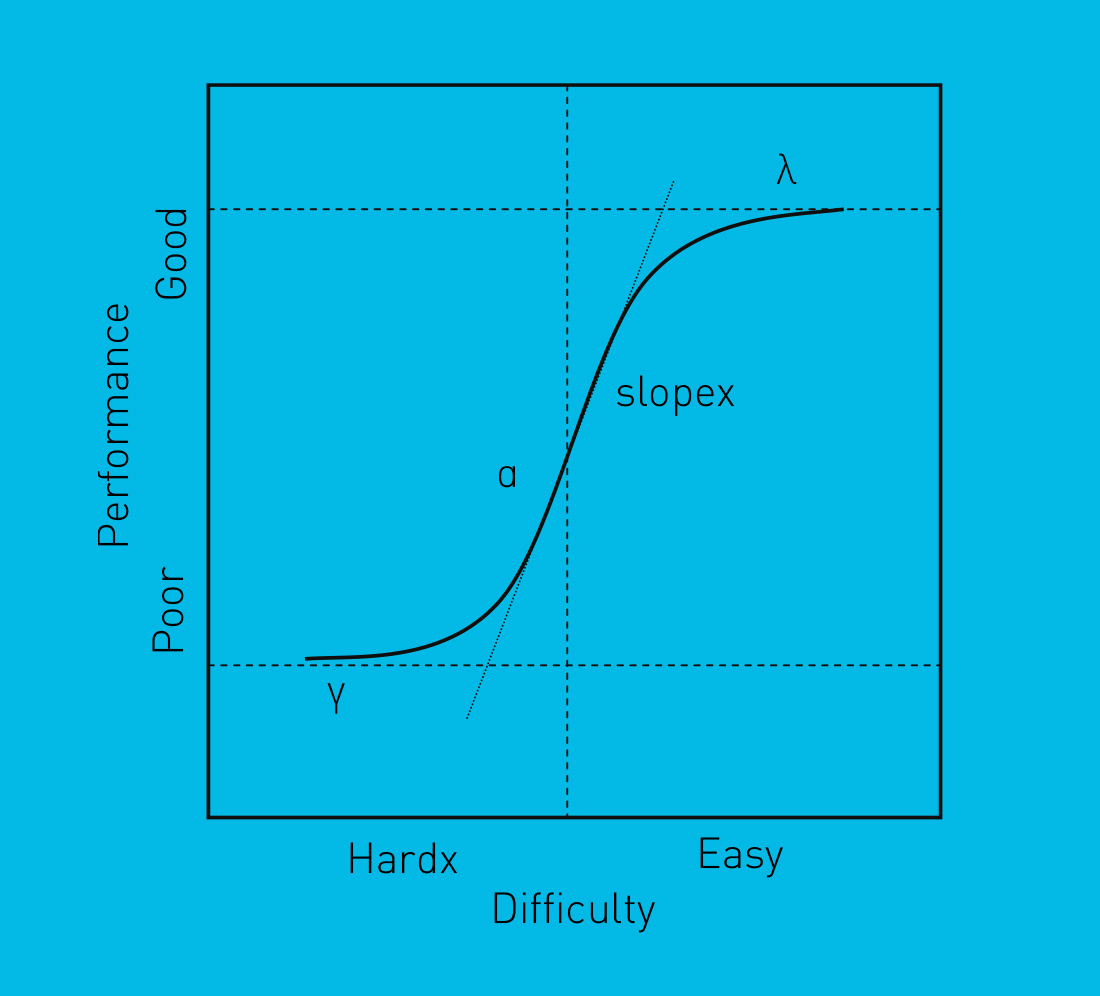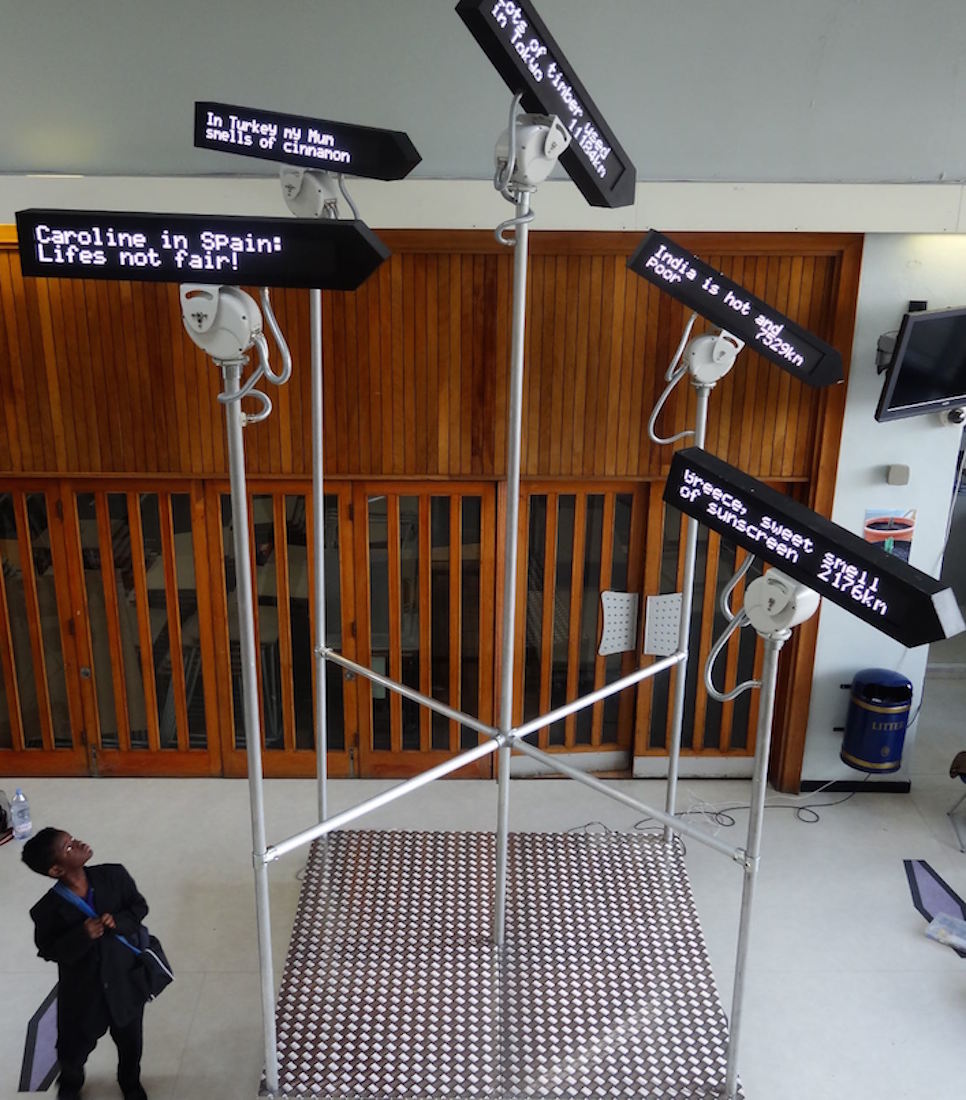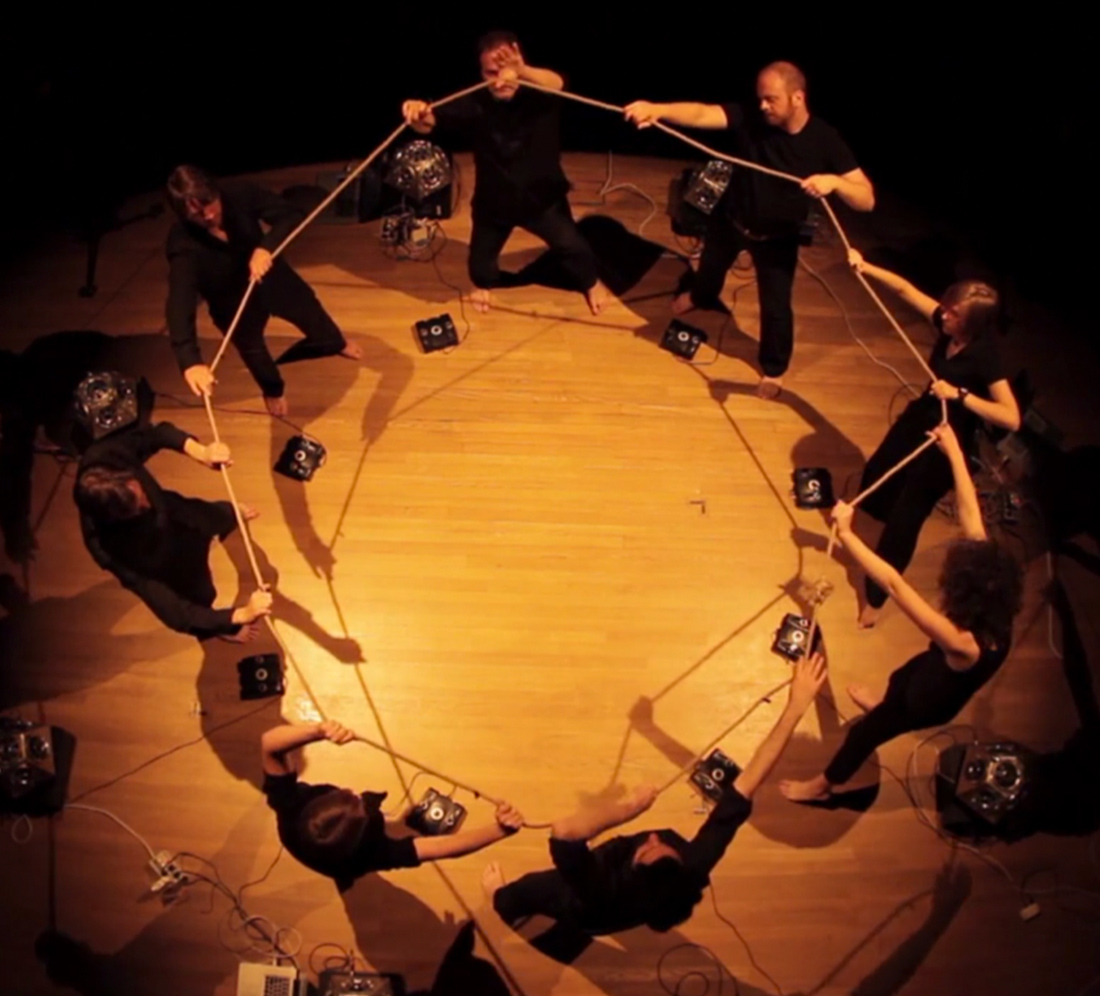Project Morpheus: Bringing VR to the Living Room
Jed Ashforth - Senior Game Designer, WWS Immersive Technology Group, Sony Computer Entertainment
With Project Morpheus for PlayStation 4, Sony Computer Entertainment has a unique opportunity to bring Virtual Reality into living rooms world-wide. As the senior game designer for Project Morpheus, Jed Ashforth has spent several years exploring the exciting new gameplay paradigms that virtual reality represents. Tearing up the existing rule books and rebooting game design are the first steps in preparing a console development community focused on traditional gaming to take this journey with us.
In this presentation, Jed discusses many unique advantages of Project Morpheus, and some of the fresh, diverse approaches we are taking to deliver the best possible PlayStation VR experience for our players.



